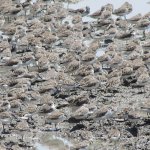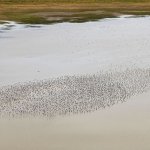Yesterday morning, the Chilean Council of Ministers for Sustainability approved two new declarations of Nature Sanctuaries, one for the wetlands at the mouth of the Maipo River and another for the Maullín Wetlands, both WHSRN Sites of Regional Importance.
Located on the border of the communities of San Antonio and Santo Domingo in the Valparaíso Region, the coastal wetland at the mouth of the Maipo River is one of the most important biological areas in central Chile, supporting a large number of diverse species of migratory birds, some of them long-distance migrants such as Sanderling (Calidris alba) and Whimbrel (Numenius phaeopus), and other species that occur regionally along the Pacific coast of South America such as the pitanay subspecies of American Oystercatcher (Haematopus palliatus pitanay). The declaration of Sanctuary covers a total of 148 acres (60 hectares) of critical habitats for these birds to fulfill their annual cycles.
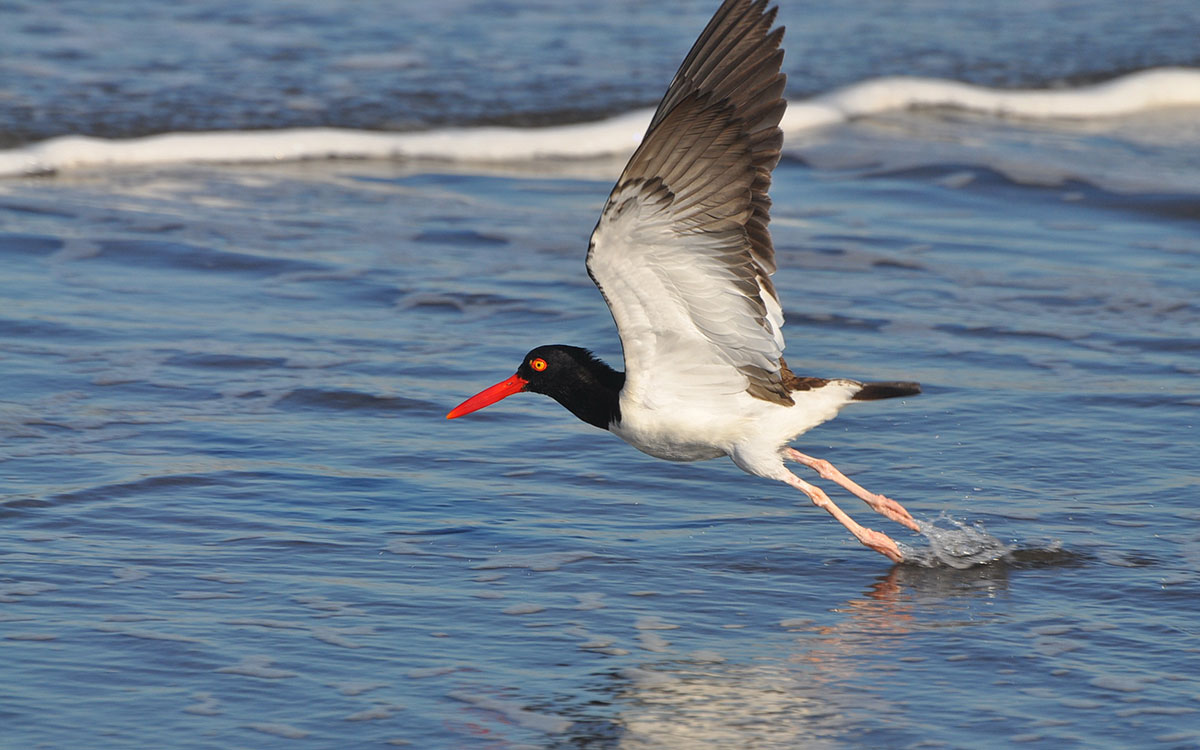
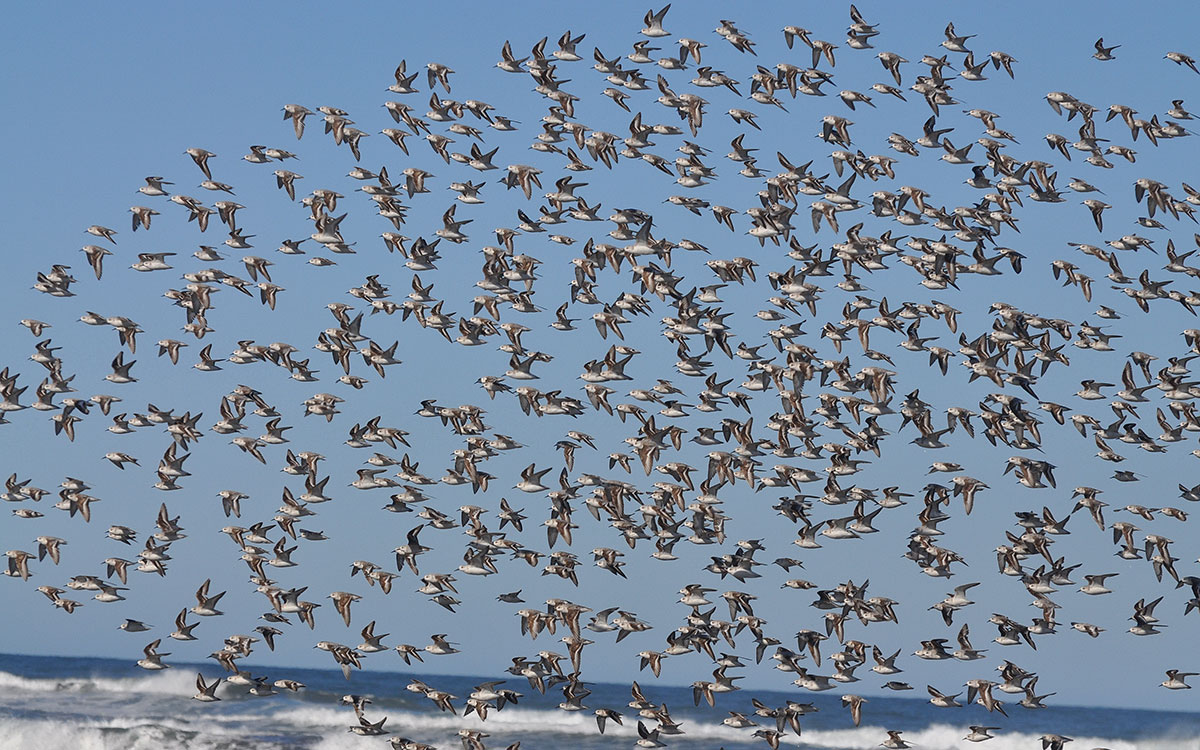
Left: An American Oystercatcher (Himantopus palliatus pitanay) takes flight at the mouth of the Maipo River. Right: A flock of Sanderlings (Calidris alba) at the Maipo River. Photos: Diego Luna Quevedo.
The Maullín wetland complex that was declared as a Sanctuary comprises a total of 20,144 acres (8,152 hectares), located in the town of Maullín in the Los Lagos Region of Chile. This is an important natural biological corridor whose network of river streams connects lake ecosystems (such as Lake Llanquihue) with the Pacific Ocean. It hosts a high diversity of wetland ecosystems: streams, rivers, lagoons, cattail marsh, flooded forests, marshes, sandy beaches, estuaries and tidal plains, which provide the necessary habitat conditions for a great diversity of migratory and resident birds. The Maullín wetlands host at least 1% of the population of the Hudsonian Godwit (Limosa haemastica), that migrates every year from the Alaska to Chile.
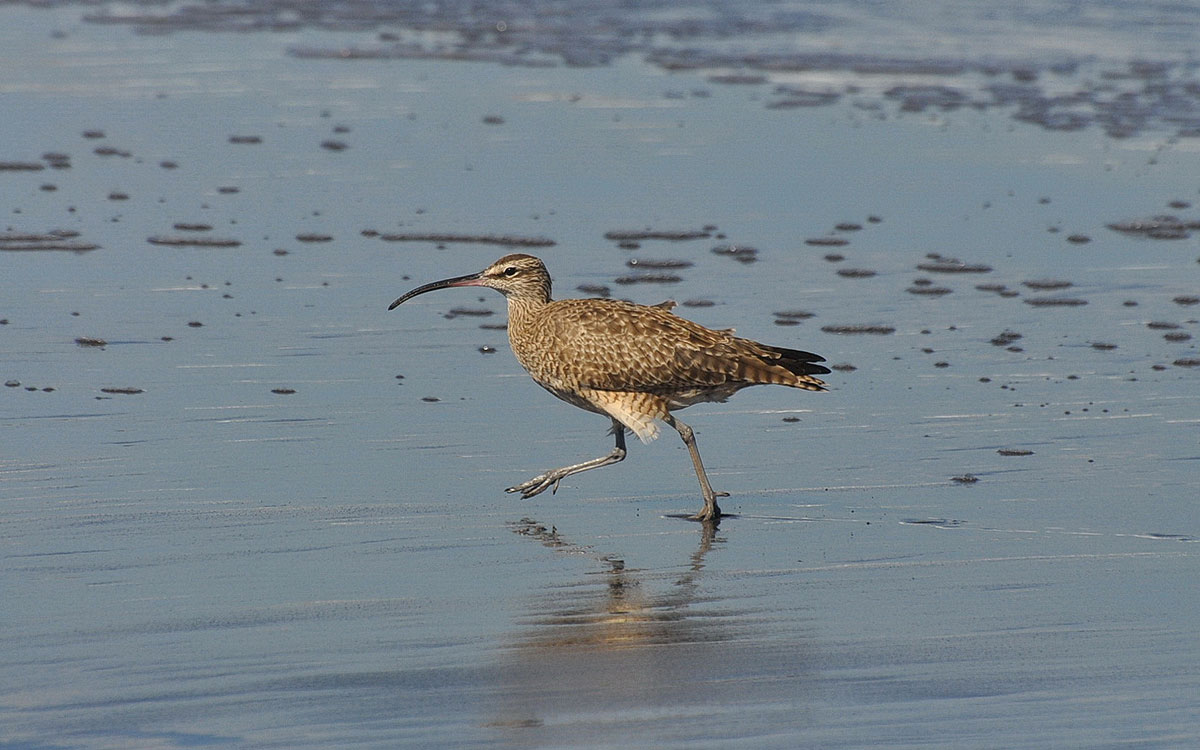
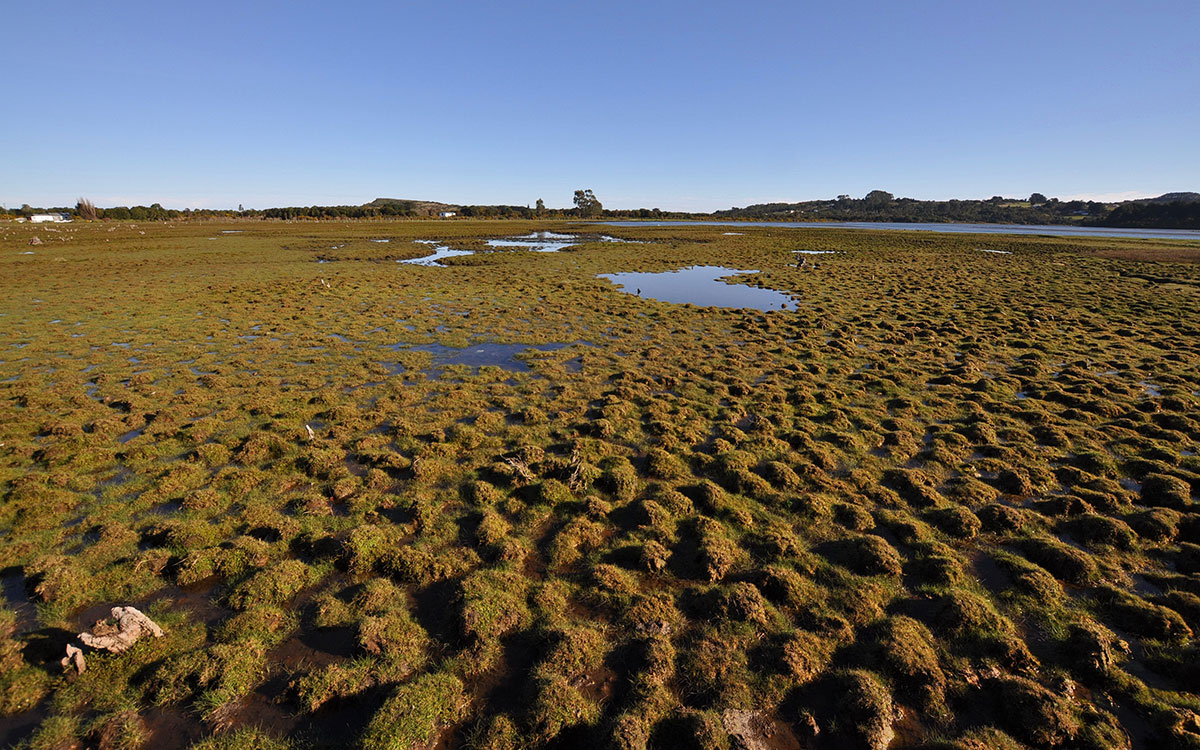
Left: A Whimbrel (Numenius phaeopus) in the Maullín wetlands. Right: The natural landscape of the Las Lajas wetlands, part of the WHSRN Site Humedales de Maullín. Photos: Diego Luna Quevedo.
Chile’s Minister of the Environment, Carolina Schmidt, valued the decision of the Council of Ministers, expressing that “the declaration of the Maipo and Maullín Rivers as Sanctuaries allows us to continue adding sites and hectares to the National Wetland Protection Plan and advance the Government’s commitment to achieve effective protection of our wetlands, in the current climate emergency situation.”
WHSRN Conservation Specialist Diego Luna Quevedo pointed out that “this milestone allows Chile to move forward with the effective protection of two sites that are highly critical along the migratory route of Pacific Flyway shorebirds. The declaration of these Sanctuaries is not only of great national value, but also of great importance on a hemispheric scale.”
These designations contribute to Chile’s National Wetland Protection Plan, which aims to protect at least 40 priority wetlands by 2022, for a total of 250,000 hectares.
Cover Photo: A Rufous-chested Dotterel foraging in the important intertidal areas of the WHSRN Site Humedales de Maullín. Photo: Diego Luna Quevedo.





